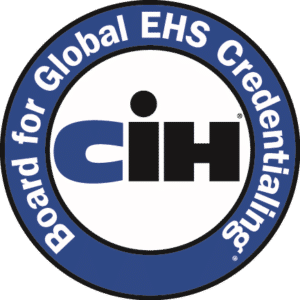
Mold Removal Tips
Mold Removal Tips – To prevent exposure to molds and their mycotoxins, water damage should always be promptly addressed before significant mold growth occurs. Where water damage is recurrent, mycotoxin producing molds can be expected to predominate within weeks of the water damage event, provided that nutrient is available to support the mold colony. Paint contains organic materials that provides a sufficient nutrient supply to support rampant mold growth, and therefore most interior surfaces are highly susceptible to such growth. The paper covering of sheetrock also provides an ideal source of nutrient (refined cellulose) to support potent mycotoxin producing fungi such as Stachybotrys atra, as do ceiling tiles.
Other mold removal and prevention tips include using negative air machines exhausted to the outdoors when removing moldy building materials. Mold inspections and mold testing should be considered.
Workers should always wear HEPA filter respirators, gloves, and eye protection when performing mold removal.
Humidity should be maintained less than 60% to prevent mold growth from occurring on furniture and furnishings, especially in basements.
Chilled water pipes should be insulated to prevent condensate formation on pipes in the summer.
The earth near the foundation of the house should be at the highest elevation and then pitched downwards to help water drain away from the foundation.
Air handlers in attic should be inspected during periods of high usage. Condensate drip pans should be pitched to drain towards the drain pipes, and drain pipes should be inspected for clogs.
One thought on “Mold Removal Tips”
Comments are closed.


ok